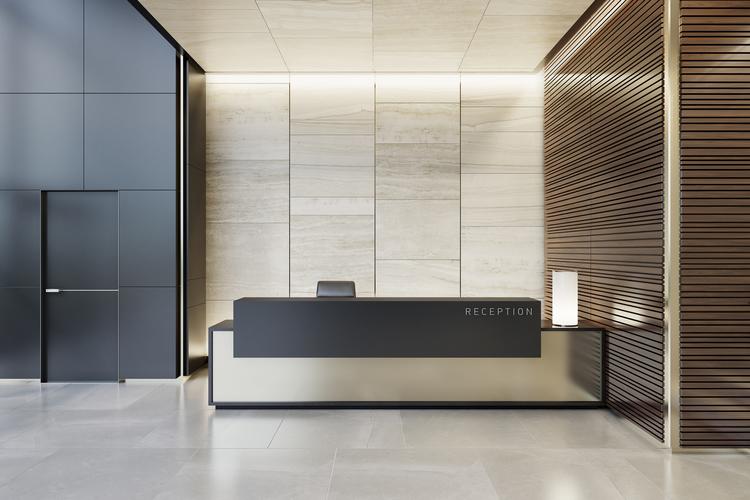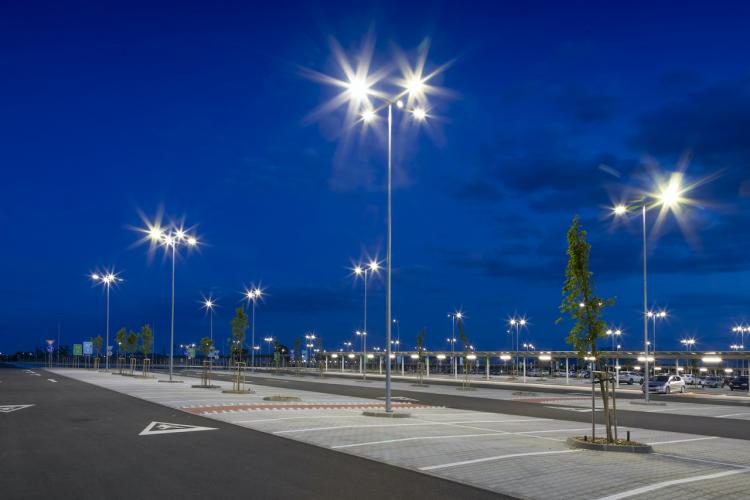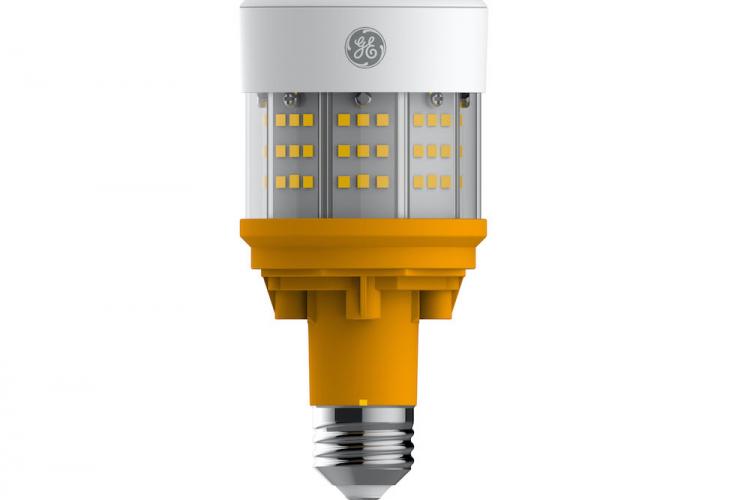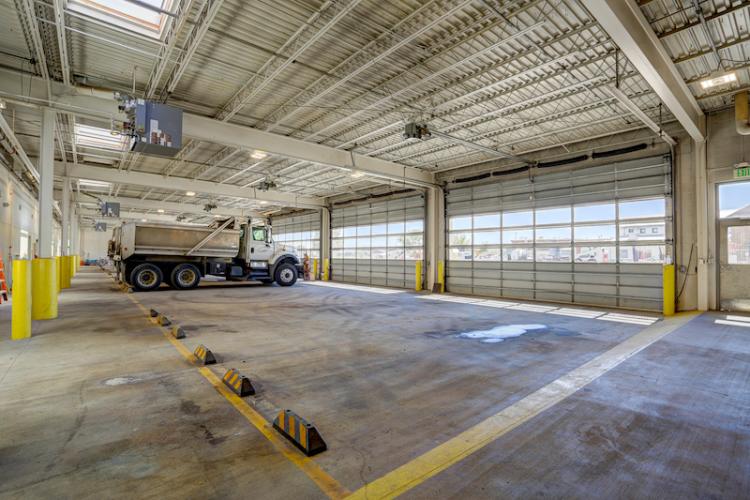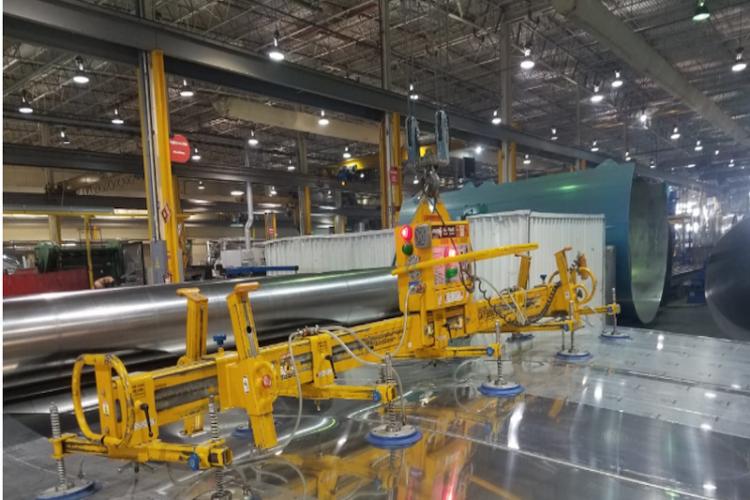Lighting the Hotel of the Future
Lighting the Hotel of the Future
In the hotel of the future, LED light fixtures and lighting controls will play a pivotal role in crafting memorable experiences that capture the imagination of tomorrow's travelers.
Retina scans, robot room service and rooms that reconfigure themselves? Here today, coming tomorrow, and no, it's not science fiction if nanotechnology has its way. In the hotel of the future, technology is king, and what it means to guests—and even to lighting—means everything.
While “dream machines” will have to wait, the evolution of the hotel environment is already underway. Mobile Millennials and still-bustling Boomers are driving the demands of 2021, starting with the power to evoke the comforts of home. As personal control and customization becomes commonplace, matching service to a memorable stay will become imperative to appealing to tomorrow's traveler.
At the same time, this sensory experience must satisfy guests' environmental sensibilities—appreciated today, responsible business operations are assumed tomorrow. Escalating energy standards will likewise challenge operators to achieve greater efficiency from smarter buildings.
Throughout the hotel of the future, from suites to meeting rooms to common areas—everywhere technology and customers collide—there too is lighting, and with it, the opportunity to create environments and craft experiences that capture the imagination of tomorrow's traveler and win word-of-mouth in a newly social society.
Check Out Who's Checking In
"My Choice” Millennials
Travel spending by 20- and 30-somethings is on the rise. This technologically obsessed demographic expects, among many things from the hotel of the future, a free property-wide Wi-Fi connection, automated check-in kiosks and in-room power consoles for multiple personal electronic devices.
Room lighting systems, linked to individual remote touchpads like an iPad®, can give Millennials the control they desire. For a generation accustomed to real and virtual environments that can be easily adapted at a whim, the freedom to make choices can be comforting, if not simply “cool.” A hotel lighting control system can also include occupancy sensors to turn lights on or off as guests come and go, which means energy savings one moment and a warm welcome the next.
In the hotel of the future, integrated building controls will also allow remote operations from the front desk, such as opening drapes, turning down the heat, or putting guests at ease in rooms with preset light levels and music upon entry. Why cater to yesterday's kids? Because despite popular perceptions, brand loyalty is making a comeback, and the battle will be waged in social space by Millennials with the power—and the personal networks—to sway public opinion with a single post.
Bringing Boomers Home
A relaxing and rejuvenating environment will be particularly important to Baby Boomers who prefer to work in their rooms instead of lobbies and common areas. Besides better illumination on desks and at bedsides, including alarm clocks that raise light levels instead of emitting noise, mood lighting utilizing different colors will be welcomed by those who have come to appreciate and wish to replicate the warm and inviting tones of home.
Low-wattage LED light bulbs that are compatible with dimming systems, together with energy-efficient LED light fixtures housed in materials from aluminum and raw steel to natural woods, will combine to offer hoteliers a myriad of options for making rooms both pleasing to the eye and soothing to the mind.
Hotel lighting that cures jet lag? It could become another modern amenity of the hotel of future.
What Women Want
Women today total nearly 50 percent of all business travelers in the U.S., up from approximately 25 percent in 1991—and less than 5 percent just 40 years ago. They want to know that a hotel is concerned with keeping them safe when away from home; specific responses include well-lit hallways and brightly illuminated outdoor areas.
Advances in technology will make LED light fixtures even more applicable for parking lots, covered decks and around the building perimeter while using less energy than traditional high-intensity discharge (HID) sources. In fact, many hotels have already made the switch to outdoor LED lighting, including Marriott at its company headquarters.
Women also tend to place more value on quality sleep and want the room environment itself—heat, light, sound, color—to deliver a perception of serenity, with increasing numbers of hotels striving for a spa-like ambiance.
Creating Uncommon Areas
For hotel lighting in bars and restaurants, on ballroom chandeliers and even in swimming pools, RGB-rotating LED lamps will create subtle color shifts and stunning effects as lighting continues to merge with architecture as more of an art form.
Elsewhere, smart switches and lighting controls will help set the scene for conference rooms and banquet halls based on the time of day or occasion without using software programs. The hotel of the future also uses photosensors for daylighting to reduce incandescent and fluorescent use, creating a natural-looking environment.
And, versatile LED light fixtures will offer both bright illumination for cleaning late at night, as well as subdued hues for romantic evening dining, which can reduce the total number of installations needed in a room and make ceilings appear more elegant.
Meeting New Standards
According to a recent TripAdvisor® survey of 700 U.S. travelers, 57 percent said they “often” take the environment into account when making travel decisions, such as their choice of hotel, transportation or food. Where programs for linen and towel reuse convey a commitment to the environment today, solar-powered hotel lighting and efficient building systems can mean the same to guests tomorrow.
There is growing urgency within the hotel industry for environmental recognition, and it won't be long before those who are slow to act are left behind: In 2008, there were 18 hotels with Leadership in Energy and Environmental Design (LEED®) certification from the U.S. Green Building Council (USGBC®). This number has grown to more than 400 LEED-certified hotels. Expected to increase in numbers, these properties also are experiencing a rise in revenue.
For hotel owners interested in pursuing a brighter energy future, LEED v4, including the very first LEED rating system for hospitality, was recently approved by the USGBC membership and is a great place to start.
Changing energy standards nationwide will meantime force building operators to explore new approaches to advanced energy management, particularly for new construction. Energy-efficient lamps and lighting controls might be recommendations now, but the likelihood is that by 2021 they will be required in many places.
Checking Out
The hotel of the future is high tech, environmentally aware and—above all—adaptable to the guest experience as the guest wishes to experience it. While holograms and virtual personal assistants might be more befitting the hotel of the distant future, intuitive walkways that light the path you choose and windows that double as televisions may be here much sooner.
And for hotel owners that's great news—and almost as exciting as a bed that rocks you to sleep.
Learn how Current can help bring your hotel into the future with
The LEED® Certification trademark is owned by the U.S. Green Building Council and is used with permission.


